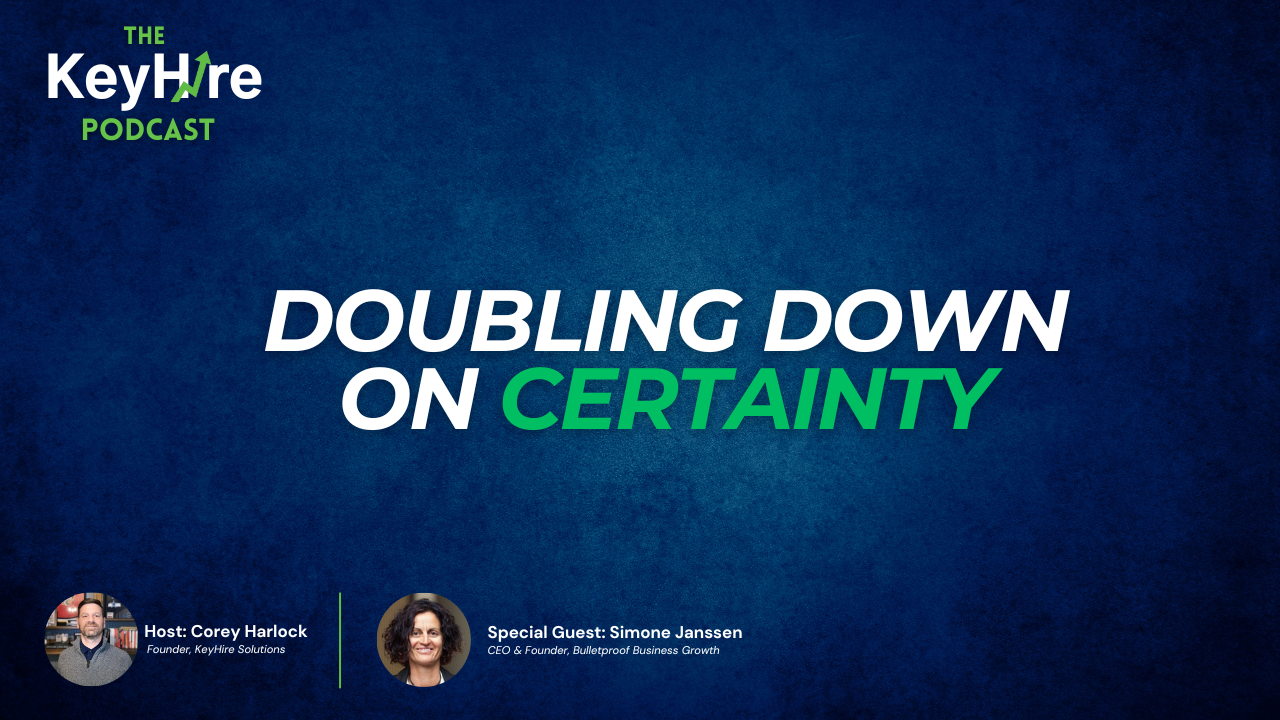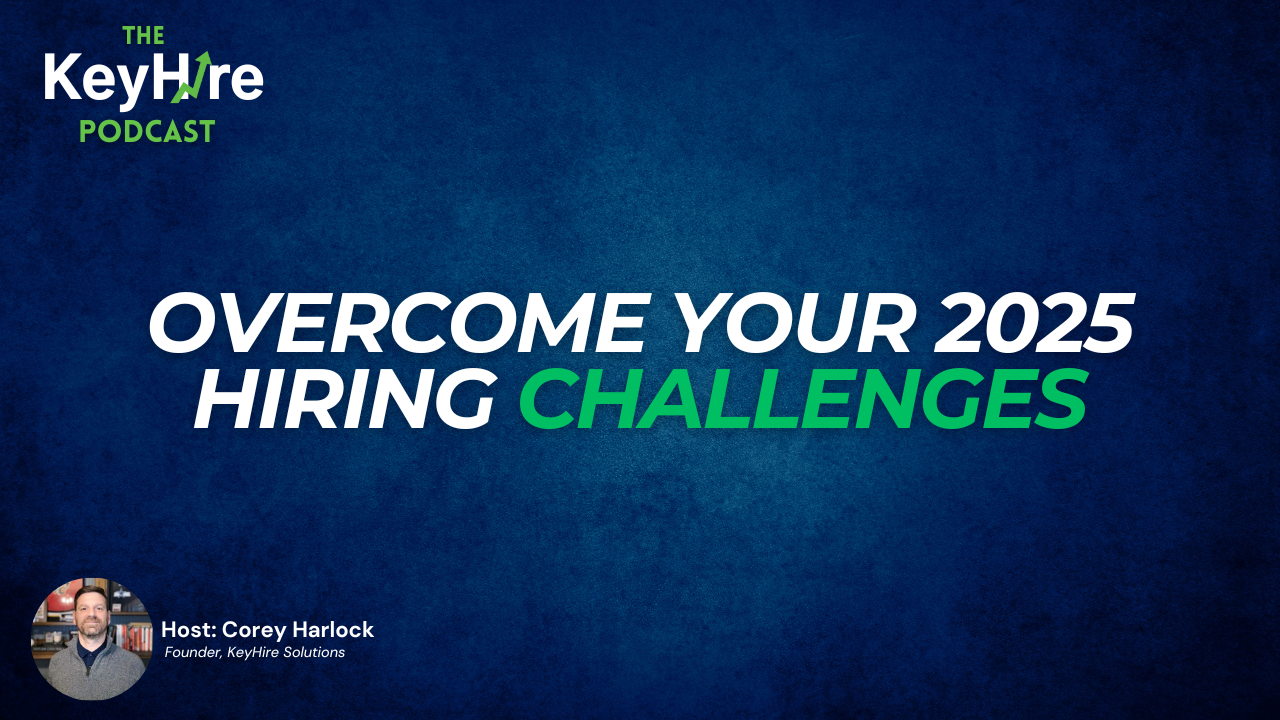How to Give Your Employees a Raise Without Increasing Your Payroll Costs

If you’ve been a small business owner for any length of time, you’ve probably felt the pinch when it comes to attracting and retaining great employees. The market is competitive, candidates have options, and benefits have become one of the first things people ask about when considering a new role.
But what if there was a way to give your employees a raise, keep your best talent from walking out the door, and even save money in the process—without adding a dime to your payroll budget?
That’s exactly what we tackled in our latest episode of The KeyHire Small Business Podcast with my guest, Anthony Markey, Owner and Business Profit Advocate at The Markey Agency.
The “Too Good to Be True” Factor
Anthony’s opening statement caught my attention: “You can give your employees a raise and save money doing it.”
Now, most business owners hear that and immediately think, There’s no way. What’s the catch? Anthony gets it—nothing is actually free. What he’s talking about isn’t magic, it’s math.
The strategy centers on structuring benefits so that both the employer and the employee come out ahead. It’s not about slashing coverage or cutting corners—it’s about using IRS-approved programs that allow certain benefits to be paid pre-tax, creating savings on both sides.
Beyond Major Medical: The Role of Ancillary & Voluntary Benefits
Most of us are familiar with “core” benefits—major medical insurance that covers hospitalizations, surgeries, and doctor visits. For companies with fewer than 50 full-time employees, offering major medical isn’t a legal requirement. And for some small businesses, the cost of providing it can be prohibitive.
That’s where ancillary and voluntary benefits come into play.
Anthony explains it like this:
- Ancillary benefits include things like dental, vision, and life insurance offered through the employer. They’re not major medical, but they add value to the benefits package.
- Voluntary benefits can be add-ons—things like wellness programs, pet insurance, or supplemental accident policies—where employees choose to participate and pay through payroll deductions.
The key here is flexibility. Offering an a la carte menu of benefits lets employees pick what matters to them, without the employer having to foot the entire bill for coverage they might not even use.
Section 125: The Cafeteria Plan Advantage
Here’s where it gets interesting.
Anthony introduces the concept of Section 125 of the IRS code, also known as a “cafeteria plan.” These plans allow certain benefits to be deducted from an employee’s paycheck before taxes are applied.
Why does this matter?
- For employees: Pre-tax deductions lower taxable income, which means a smaller tax bill and more take-home pay.
- For employers: Payroll taxes are calculated on a smaller number, which means lower employer tax obligations—specifically the matching 7.65% for Social Security and Medicare.
Anthony’s wellness benefit example works like this:
- The employee has a small pre-tax deduction (say $100 per month).
- They participate in simple wellness activities—like watching a short educational video or completing a health check-in—that “trigger” a benefit claim.
- The benefit pays out a post-tax claim payment (also $100 in this example).
- Net result: The employee’s taxable income is reduced, their take-home pay increases, and the employer saves on payroll taxes.
The Ripple Effects on Workplace Health & Morale
This isn’t just about dollars and cents.
By engaging with wellness benefits, employees are encouraged to adopt healthier habits—whether that’s losing weight, quitting smoking, or simply being more aware of their overall health. Over time, healthier employees mean:
- Fewer sick days
- Less strain on existing major medical plans (if offered)
- Lower renewal rates for insurance
- Higher productivity and morale
Anthony calls it a “twofer… or maybe a threefer or fourfer” because the positive impact extends beyond the employee to their families, the company culture, and even the broader community.
Why Benefits Are a Talent Magnet
Before the pandemic, job seekers tended to prioritize salary, incentives, and schedule. Since then, benefits have skyrocketed to the top of the decision-making list.
In fact, not offering benefits at all can put you at a significant disadvantage. Even if your pay is competitive, candidates are increasingly comparing the total package—and benefits are a big part of that equation.
Anthony puts it plainly: “The best talent out there—the people you really want on your team—are going to require some sort of benefits. Why would they work for you if they can go down the road, make maybe a little less, but save so much on benefits?”
Common Mistakes Small Business Owners Make with Benefits
When it comes to benefits planning, Anthony sees two big mistakes again and again:
1. Being “married” to your broker
Loyalty is admirable, but it can be expensive. If you haven’t shopped your plan in years, you could be overpaying thousands per employee annually. The market changes constantly, and without regular benchmarking, you won’t know if you’re getting the best deal.
2. Not exploring new ideas
Many owners simply don’t know these strategies exist. Laws and IRS rulings—like the recent change allowing certain benefit payouts to be used for anything, not just medical expenses—can create new opportunities for savings. But if your head is down running the day-to-day, you might miss them.
Implementation: Easier Than You Think
If you’re worried this kind of change means a big HR headache, you’ll be relieved to know that’s not the case.
For wellness benefits structured under Section 125, implementation is plug-and-play. The right third-party administrators handle employee education, enrollment, and claim processing. Your role? Minimal—outside of making a small payroll adjustment.
Best of all, this doesn’t require replacing your current benefits package. Whether you have major medical, other insurance, or no benefits at all, this strategy can be layered in without disruption.
Where to Start
If you’re intrigued by the idea of boosting take-home pay for your employees while reducing your own tax burden, here are Anthony’s three starting points:
- Do your homework – Look into what larger companies are doing and how they structure benefits. The big guys aren’t playing by different rules—they just know how to take advantage of them.
- Shop your broker – Even if your broker is a cousin or a family friend, make them earn your business. Benchmarking every couple of years can save serious money.
- Ask your employees – Find out what benefits they actually want. Often, they’ve seen or heard about programs through friends or family that could be a perfect fit for your team.
The Bottom Line
This strategy isn’t just a way to cut costs—it’s a way to compete for talent, improve retention, and boost morale, all while creating measurable savings for your business.
As I said in the episode, when it comes to hiring, there are only seven things you can negotiate with a new employee: job title, salary, incentives, benefits, 401(k), PTO, and schedule. Benefits are one of the big three—salary, benefits, and schedule—that candidates care about most.
If you can be competitive in this area without increasing your payroll costs, that’s a win on every level.
Listen & subscribe:
Podcast: https://www.keyhire.solutions/the-keyhire-podcast--new
YouTube: https://www.youtube.com/@keyhiresolutions
Connect with us: https://www.keyhire.solutions











